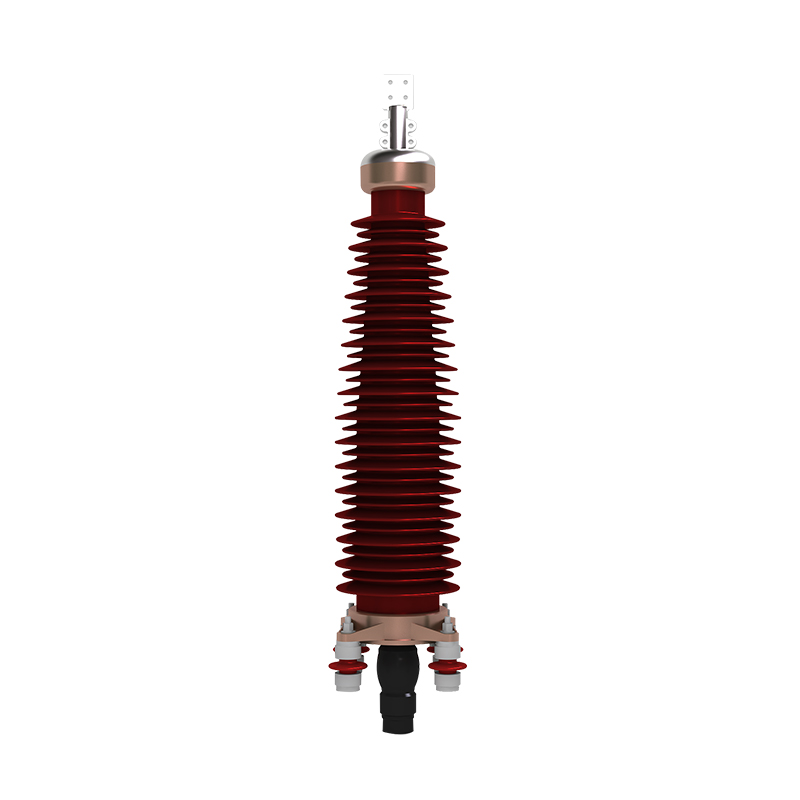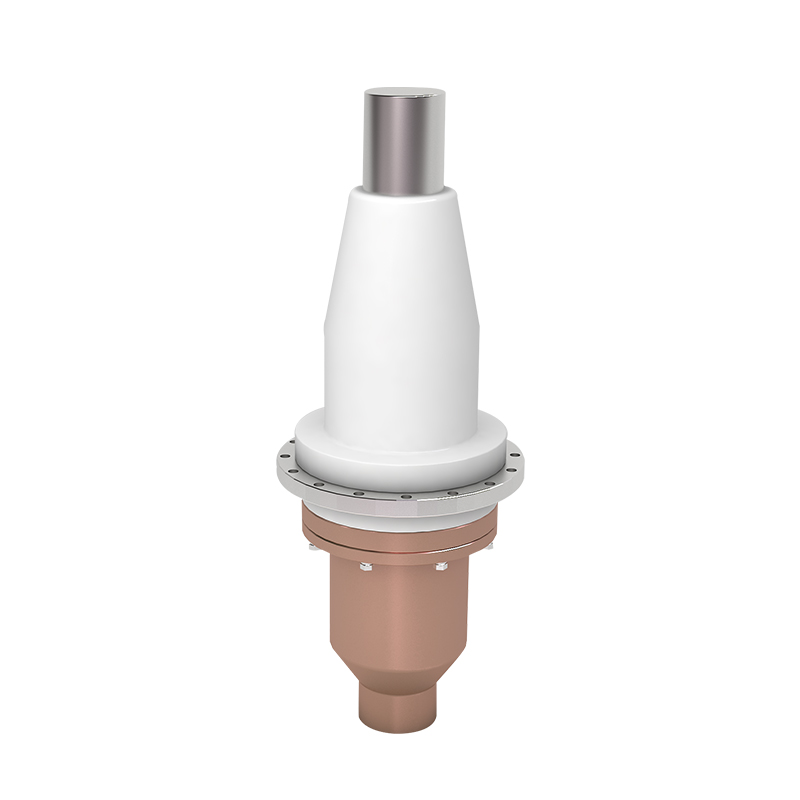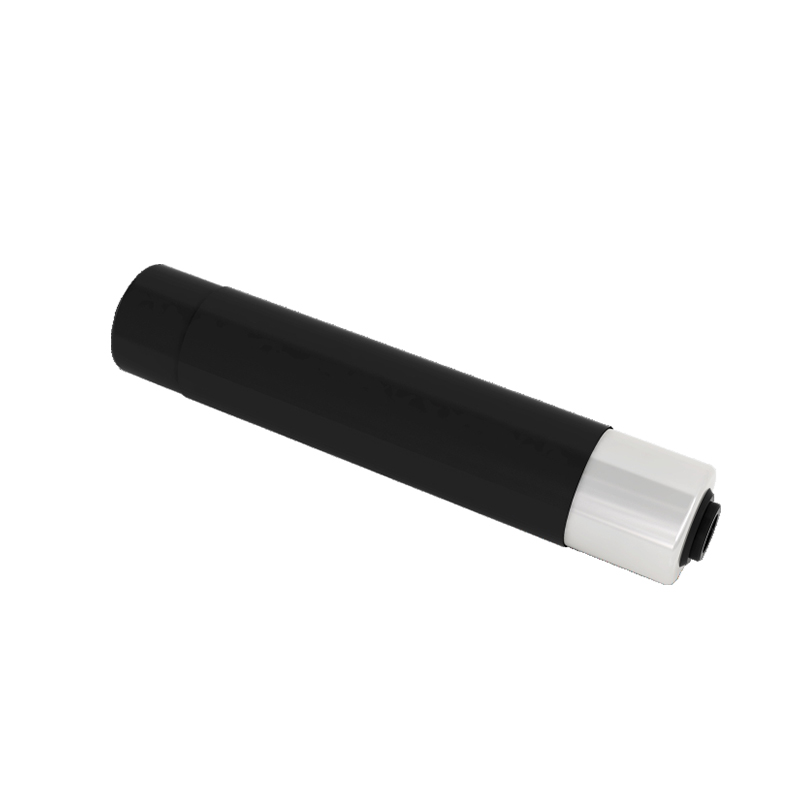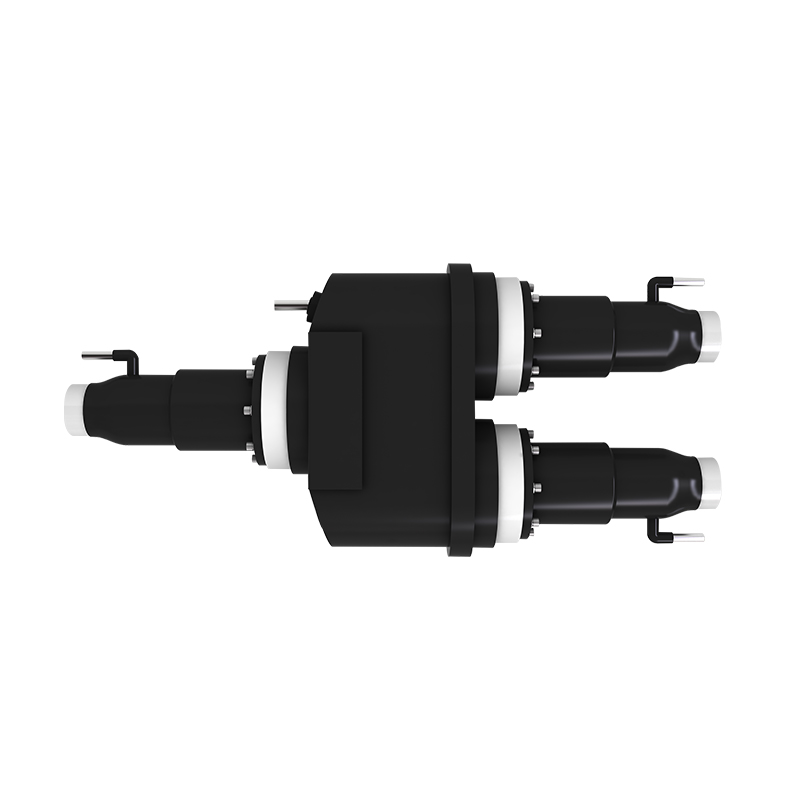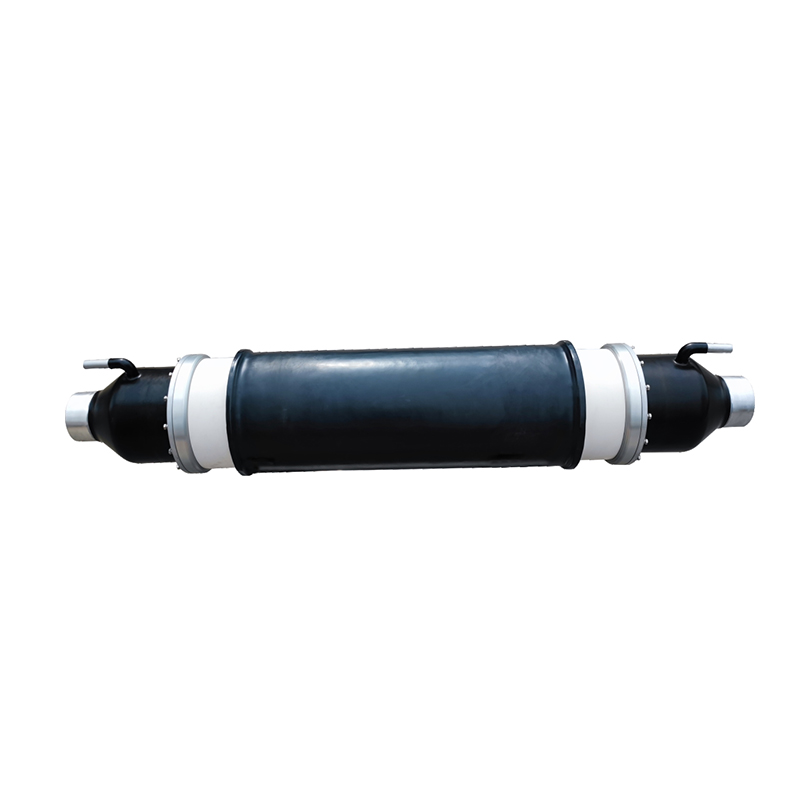Applications of Low Voltage Capacitor in Power System Compensation
Low Voltage Capacitors are widely used in power systems for improving efficiency and maintaining voltage stability. One of their primary functions is in reactive power compensation and harmonic filtering. These capacitors help maintain power factor, reduce energy losses, and stabilize the voltage profile in both industrial and commercial electrical networks. Understanding whether a Low Voltage Capacitor is suitable for such applications is critical for engineers and system designers seeking reliable and efficient power distribution solutions.
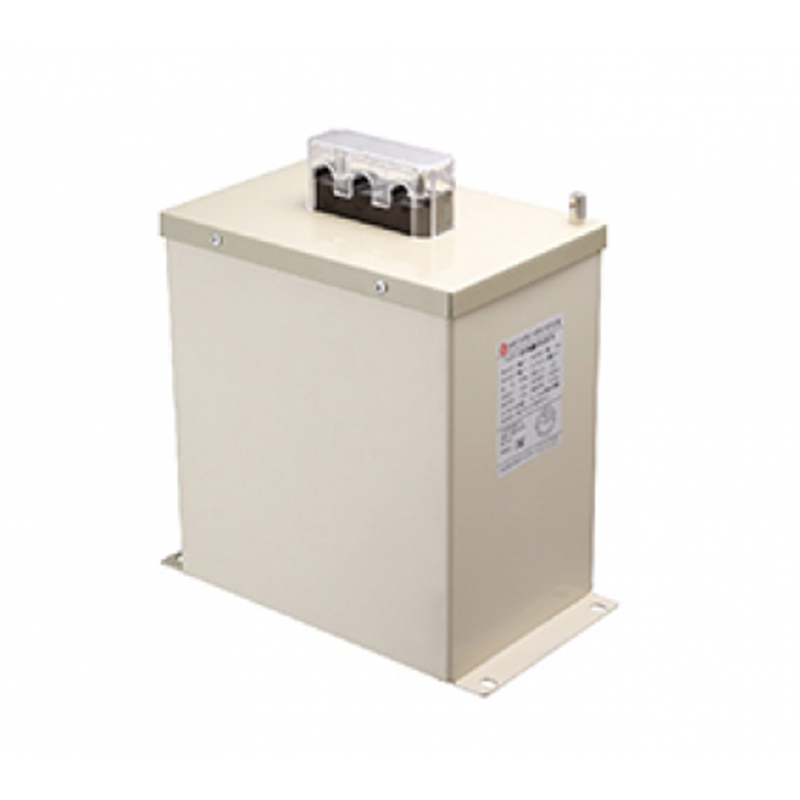
Power Factor Compensation
Power factor is a measure of how effectively electrical power is being converted into useful work. Low voltage capacitors are commonly deployed in electrical networks to correct lagging power factor caused by inductive loads such as motors, transformers, and fluorescent lighting. By supplying reactive power locally, the capacitor reduces the reactive current flowing through the system, lowering energy losses and improving overall system efficiency. Capacitor banks can be configured to provide stepwise or continuous reactive power compensation, ensuring suitable performance under varying load conditions.
Harmonic Filtering and Voltage Stabilization
In modern power systems, non-linear loads such as variable frequency drives, rectifiers, and electronic devices generate harmonic currents that distort voltage waveforms. Low voltage capacitors are often combined with reactors or resistors to form tuned or detuned filter circuits. These filters mitigate harmonic distortion, protecting sensitive equipment and reducing losses in transformers and distribution lines. By maintaining cleaner voltage waveforms, the capacitor improves operational reliability and extends the lifespan of connected electrical devices.
Selection Criteria for Power System Applications
Not all low voltage capacitors are suitable for power factor correction or filtering. Key parameters include rated voltage, capacitance, ripple current rating, and temperature tolerance. The dielectric material and construction type also affect performance under continuous load and in the presence of harmonics. Engineers must select capacitors designed to handle high ripple currents and thermal stress to prevent premature aging or failure. Properly rated Low Voltage Capacitor units ensure safe and efficient operation in power system compensation applications.
Installation Considerations
Installation of low voltage capacitors in power systems requires careful planning. Placement should minimize voltage drops and avoid excessive heating. Capacitor banks are often grouped and controlled using contactors or automatic switching systems to match reactive power requirements dynamically. Safety measures, including fuses, circuit breakers, and protection relays, are essential to prevent damage from overvoltage, short circuits, or resonance conditions. Routine monitoring and maintenance further ensure that the capacitors continue to perform effectively over time.
Advantages of Low Voltage Capacitors in Power Systems
Using low voltage capacitors for power factor correction and filtering offers several benefits. They reduce energy losses, lower electricity costs, and improve system efficiency. Capacitors enhance voltage stability, which is crucial for sensitive industrial equipment. Additionally, by reducing the reactive power demand from the utility, capacitors can decrease penalties associated with low power factor in commercial and industrial installations. Overall, their application contributes to a more stable, efficient, and reliable electrical network.
Low Voltage Capacitors are highly suitable for applications in power systems requiring reactive power compensation and harmonic filtering. By carefully selecting and installing capacitors with appropriate ratings, engineers can improve power factor, reduce losses, stabilize voltage, and protect equipment. Proper maintenance and monitoring further ensure long-term reliability. Their use in industrial and commercial electrical networks demonstrates their essential role in enhancing power system efficiency and overall operational performance.
News
Recommended News
Recommended Products
The variety of models, to meet the development needs of various regions in the world.
-
Add: No. 508, Dongye Road, Dongjing Town, Songjiang District, Shanghai
-
Tel: +86-13757652508
-
E-mail: [email protected]
 English
English 中文简体
中文简体 русский
русский Español
Español عربى
عربى


